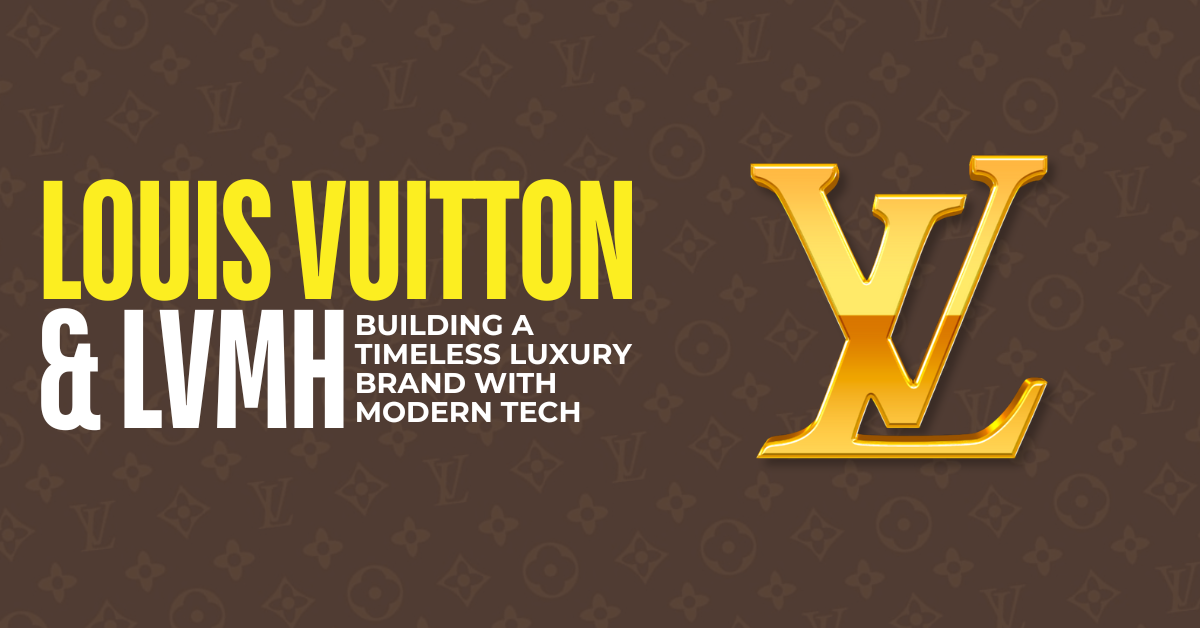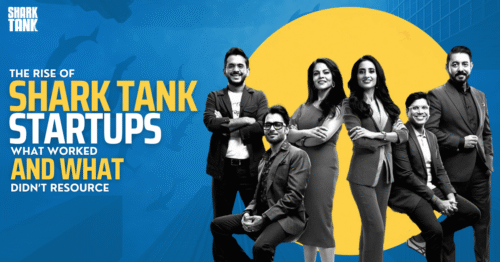In the glittering world of haute couture, few names shine as brightly as Louis Vuitton. Synonymous with luxury, elegance, and exclusivity, the brand is more than a fashion statement—it’s a cultural icon. But what makes Louis Vuitton and its parent company, LVMH (Moët Hennessy Louis Vuitton), not only survive but thrive in an age of digital disruption and technological evolution? The answer lies in their masterful blending of timeless craftsmanship with cutting-edge innovation.
In this blog, we explore how Louis Vuitton and the LVMH empire continue to set global standards in luxury, all while embracing the digital age with open arms. We’ll dive into the strategies, technologies, and philosophies that fuel their enduring success.
The Birth of a Legend
Founded in 1854, Louis Vuitton started as a trunk maker in Paris, designing custom luggage for France’s elite. Fast forward to today, and the brand is a pillar of the LVMH conglomerate, a multinational luxury powerhouse with over 75 distinguished brands spanning fashion, cosmetics, jewelry, and spirits.
Louis Vuitton‘s original DNA—precision, personalization, and prestige—has remained intact. But the secret to its longevity lies in how it reinvents itself without losing its essence.
Timeless Craftsmanship Meets Future-Forward Tech
LVMH understands that while heritage is crucial, innovation is non-negotiable. The group has integrated modern technology across its business units in multiple fascinating ways:
1. AI-Powered Personalization
Louis Vuitton has invested heavily in artificial intelligence to enhance customer experiences. From chatbots to AI stylists, the brand uses machine learning to recommend products, track customer preferences, and even assist in custom design requests.
2. Augmented Reality & Virtual Try-Ons
To make luxury more accessible (without diluting the experience), Louis Vuitton has introduced AR tools in its app that allow users to virtually try on shoes, bags, and sunglasses. This immersive tech bridges the gap between the tactile luxury of a store and the convenience of e-commerce.
3. Blockchain for Authenticity
In collaboration with Microsoft and ConsenSys, LVMH launched the Aura Blockchain Consortium. This initiative allows customers to verify the authenticity of their products and learn about their origin, ensuring transparency in a market plagued by counterfeits.
4. Smart Manufacturing
LVMH is also using IoT and smart sensors to improve production efficiency while maintaining artisanal quality. This tech helps ensure sustainability, minimizes waste, and upholds the brand’s exacting standards.
Digital Marketing Mastery
Louis Vuitton doesn’t just rely on tech in operations; it has transformed how luxury is marketed in the digital age.
1. Influencer Collaborations & Celebrity Partnerships
From BTS to Emma Stone, Louis Vuitton partners with globally influential figures to stay culturally relevant. These aren’t just endorsements; they’re curated collaborations that merge high fashion with pop culture.
2. Exclusive Drops & Limited Editions Online
To keep the digital audience engaged, Louis Vuitton releases limited edition collections and “drops” through its website and apps. This creates urgency and exclusivity, the twin pillars of luxury.
3. Omnichannel Engagement
Whether it’s through Instagram stories, TikTok campaigns, or personalized emails, Louis Vuitton maintains a consistent, high-quality brand voice across platforms. The customer journey is seamless, whether online or offline.
LVMH Innovation Award & Startup Incubator
LVMH isn’t just using technology—it’s helping to create it. Through its LVMH Innovation Award and La Maison des Startups at Station F (the world’s largest startup campus in Paris), LVMH supports emerging tech companies that align with its luxury values.
This program explores innovations in customer experience, logistics, AI, sustainability, and more. The goal is clear: integrate fresh ideas without compromising heritage.
Sustainability Meets Style
Modern luxury is as much about ethics as aesthetics. LVMH has made bold moves in sustainability:
- Eco-friendly Materials: From organic cotton to plant-based leather alternatives.
- Circular Economy Initiatives: Repair programs and recycling incentives.
- Carbon Neutral Goals: Aiming for significant reductions across operations.
And yes, even these green initiatives are supported by cutting-edge tech, such as carbon tracking software and supply chain monitoring tools.
The Metaverse and Beyond
LVMH isn’t shy about stepping into the future. Whether it’s Louis Vuitton skins in video games like League of Legends or metaverse showrooms in Decentraland, the brand is keen to meet next-gen consumers where they are.
The brand recently launched virtual experiences tied to fashion weeks and NFT-based loyalty programs that reward digital engagement.
Lessons for Other Brands
What can we learn from Louis Vuitton and LVMH?
- Respect the Past, Embrace the Future: Never lose your identity, but don’t fear innovation.
- Invest in Tech That Enhances, Not Replaces: Use technology to elevate experiences.
- Stay Customer-Centric: Tech is a tool, not the end goal. Luxury is still about human touch.
- Innovate Sustainably: Tomorrow’s consumers demand both glamor and responsibility.
Final Thoughts
Louis Vuitton and LVMH have shown the world that tradition and technology can co-exist in beautiful harmony. By seamlessly weaving innovation into their fabric (sometimes quite literally), they’ve created a brand ecosystem that feels both timeless and future-proof.
As we move further into an AI-driven, virtual, and hyper-connected world, Louis Vuitton and LVMH stand as gleaming examples of how legacy brands can not only adapt but lead.
They are not just keeping up with change; they are shaping it.
So, whether you’re an entrepreneur, a marketer, or a tech lover—there’s plenty of inspiration to draw from this luxurious fusion of craft and code.
Stay stylish. Stay smart. Stay inspired.







